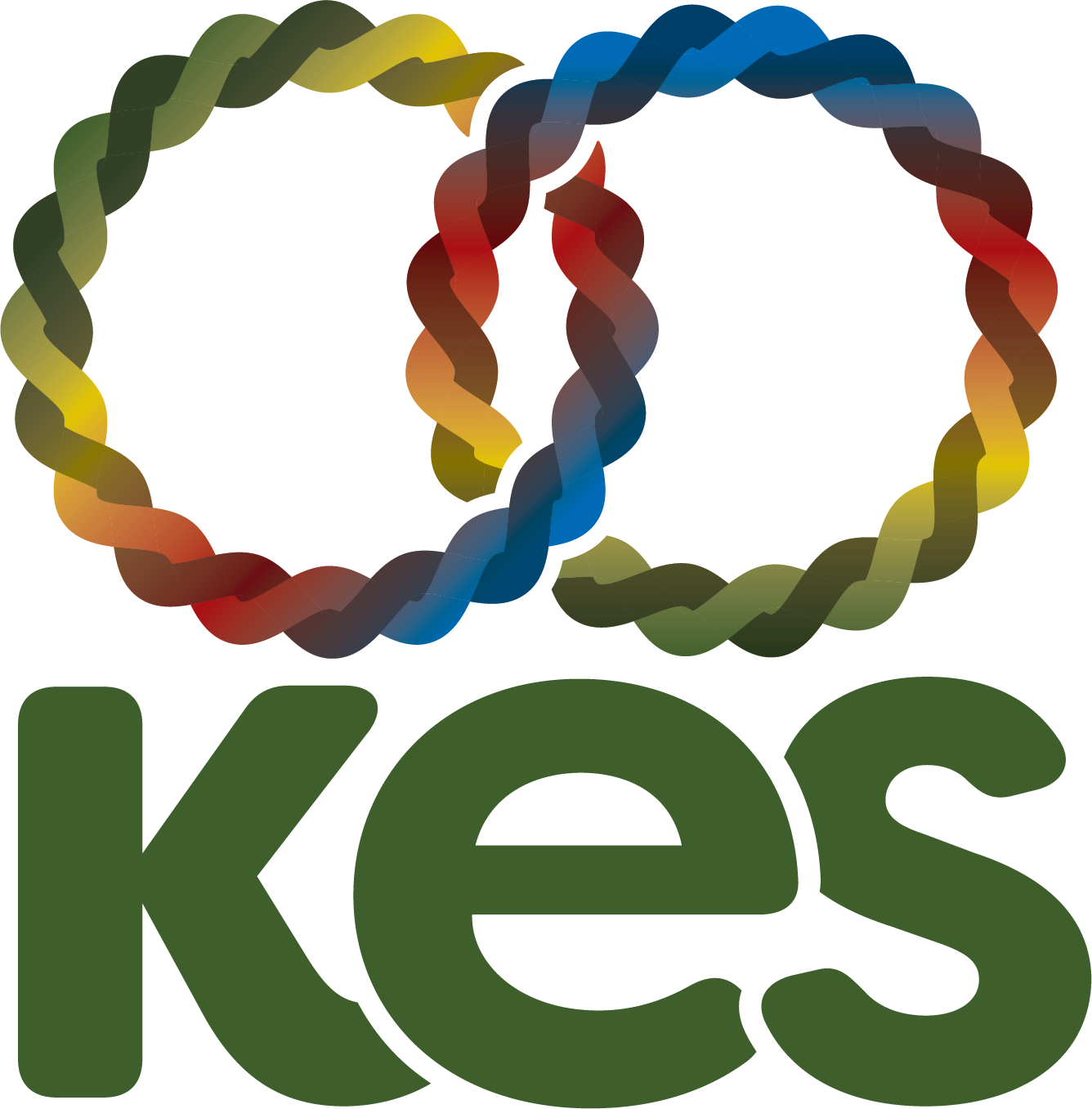In light of the growing threat to the safety of all Canadian communities, due to climate change and continued urbanization in high-risk flood areas, the Government of Canada is moving forward with a number of new measures to help Canadians reduce their vulnerability to flooding. On behalf of Public Safety Canada, Kūwiingu-néewul Engagement Services (KES) management the Public Engagement regarding the Flood Risk Awareness Digital Resource.
Through our experience, training, and methodologies we helped to build trust among all communities interested in advancing important issues and topics for many people, communities, and Nations. Our practices are deeply rooted in Two-Eyed Seeing and the Seven Grandfather Teachings, and adheres to the highest standards of OCAP principles. Public Safety partnered with KES to provide counsel, support, resources and tools to enable the right engagement and dialogue to take place on complex public issues. KES also managed all outreach to First Nations, Inuit, and Métis communities and organizations to discuss the possible applications of a digital resource for flooding, including how Indigenous lands should be displayed on the resource, incorporating Indigenous knowledge onto the resource, respecting Indigenous data sovereignty, and the look, feel, and promotion of the new Digital Resource.
Our Approach
KES recommended pre-briefing meetings with interested partners and stakeholders to determine the best way to engage people on the topic of a digital resource for flood risk. As a result of these conversations we learned that the needs and perspectives around the issue of flooding varies wildly between coastal flooding and inland flooding, and between Metis communities and First Nations communities.
To accommodate these differences and have the opportunity to dig deeper into the unique circumstances faced by distinct demographics from coast to coast to coast, we chose to encourage participants to come to themed meetings that aligned with their flooding experiences. These meetings were broken into seven demographics:
First Nations Coastal
Metis Coastal
First Nations Inland
Metis Inland
Urban Indigenous
Inuit and North of 60 communities
Francophone communities
We hosted seven meetings and spoke with more than fifty participants from coast to coast to coast representing experts, academics, disaster relief organizations, family support agencies, Nation leadership, and housing authorities.
Relationship Building
We also learned that these meetings required an extensive presentation from Public Safety to frame the intent of the digital resource and answer questions regarding scope, use cases, and potential drawbacks. Our team found it imperative that the Public Safety team attend the sessions in efforts to build relationships, offer transparency and honesty.
We heard that flooding can be a triggering topic for people, and that intergenerational trauma around forced relocations can make resources that highlight community risk factors (E.g., the lack of historical emergency supports from government, limited evacuation routes in remote communities, or the potential for toxic run-off from industry which could harm people, lands or waterways that support traditional harvesting activities) quite challenging. KES ensured to our participants that we would offer our Specialized Engagement supports to all participants, in effort to encourage attendance of the dialogue and have an inclusive space. It was important to remind the community members and participants that this could not be done without them and that their lived-experience and knowledge was extremely valuable.

